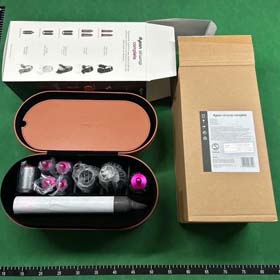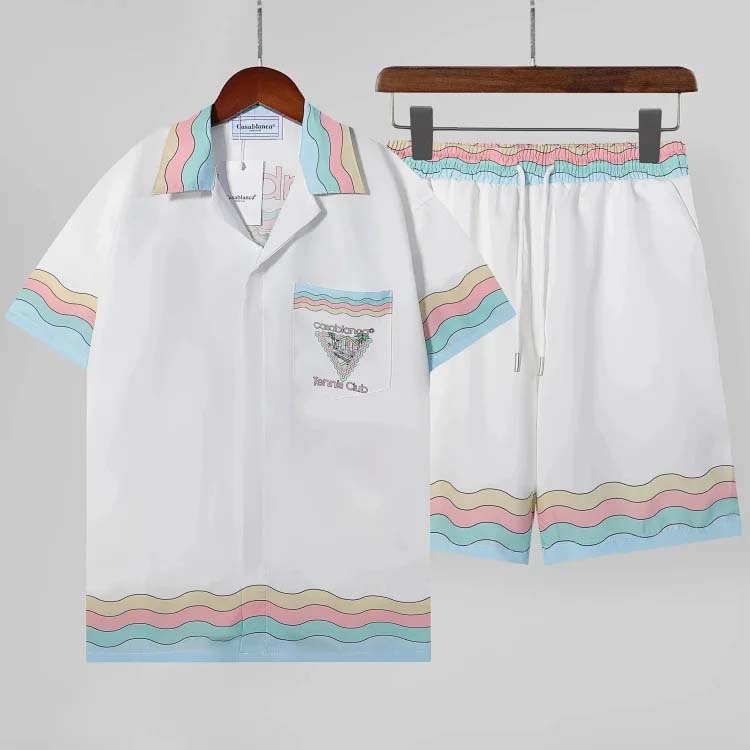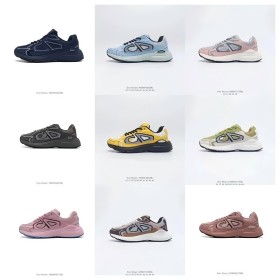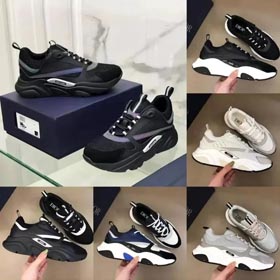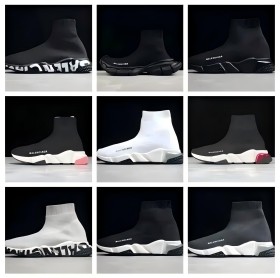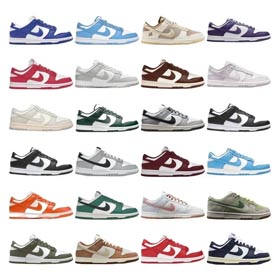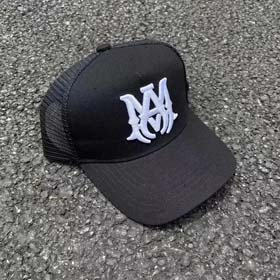In the competitive world of children's shoe reselling, personalized customer engagement is key. CSSBUY's innovative spreadsheet system transforms how agents manage Nike kids' footwear purchases by implementing data-driven growth tracking and automated repurchase alerts.
The Challenge of Children's Footwear Reselling
Unlike adult sizing, children's feet grow at remarkable rates - typically 0.5 sizes per quarter. Traditional inventory management fails to address this rapid development cycle, resulting in missed repurchase opportunities. CSSBUY agents using spreadsheets now overcome these limitations through intelligent age-to-size forecasting.
Three-Step Implementation Process
- Data Collection:
- Algorithmic Modeling:
- Automated Engagement:
- Algorithmic Modeling:
Real-World Results
One featured CSSBUY seller documented:
- 93% reduction in customer size inquiries
- 55% increase in repeat purchases
- 28% higher average order value on suggested premium models
The system's predictive accuracy proves particularly valuable for transitional footwear needs - from soft-soled infant shoes to supportive toddler designs.
Technical Implementation
The spreadsheet integrates with CSSBUY's API through these functions:
| Formula | Purpose |
|---|---|
| TODAY()-DOB | Calculates exact child age |
| InitialSize+(AgeInQuarters*0.5) | Projects current shoe size |
Agents report the visual dashboard helps identify inventory opportunities 6-9 months ahead, allowing for strategic wholesale purchases during seasonal Nike promotions.
Beyond Footwear: Scalable Applications
This methodology shows promise for adjacent children's categories:
- Seasonal clothing size transitions
- Age-appropriate Nike Fit technology integration
- Bundled accessory recommendations based on sport participation age brackets
Continuous refinement of the growth algorithms is underway, with some agents experimenting with region-specific adjustment factors acknowledging anthropological size variations.
